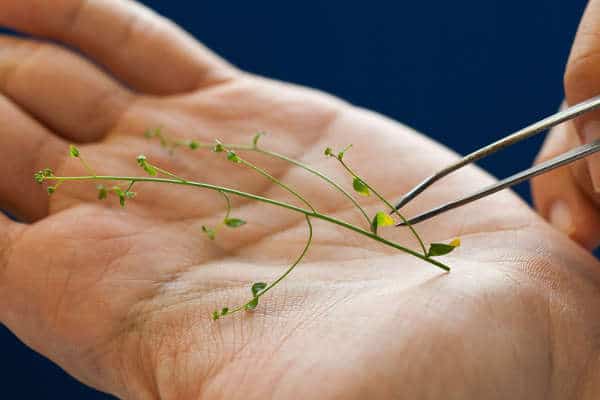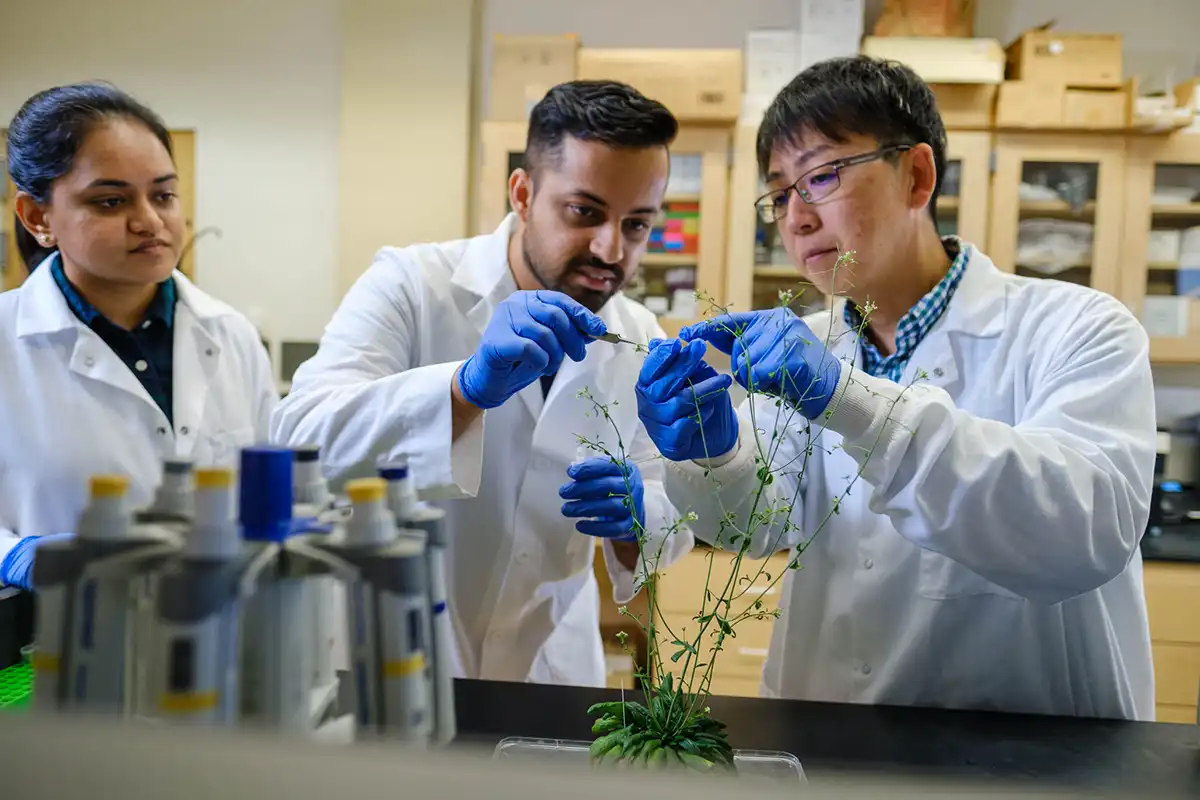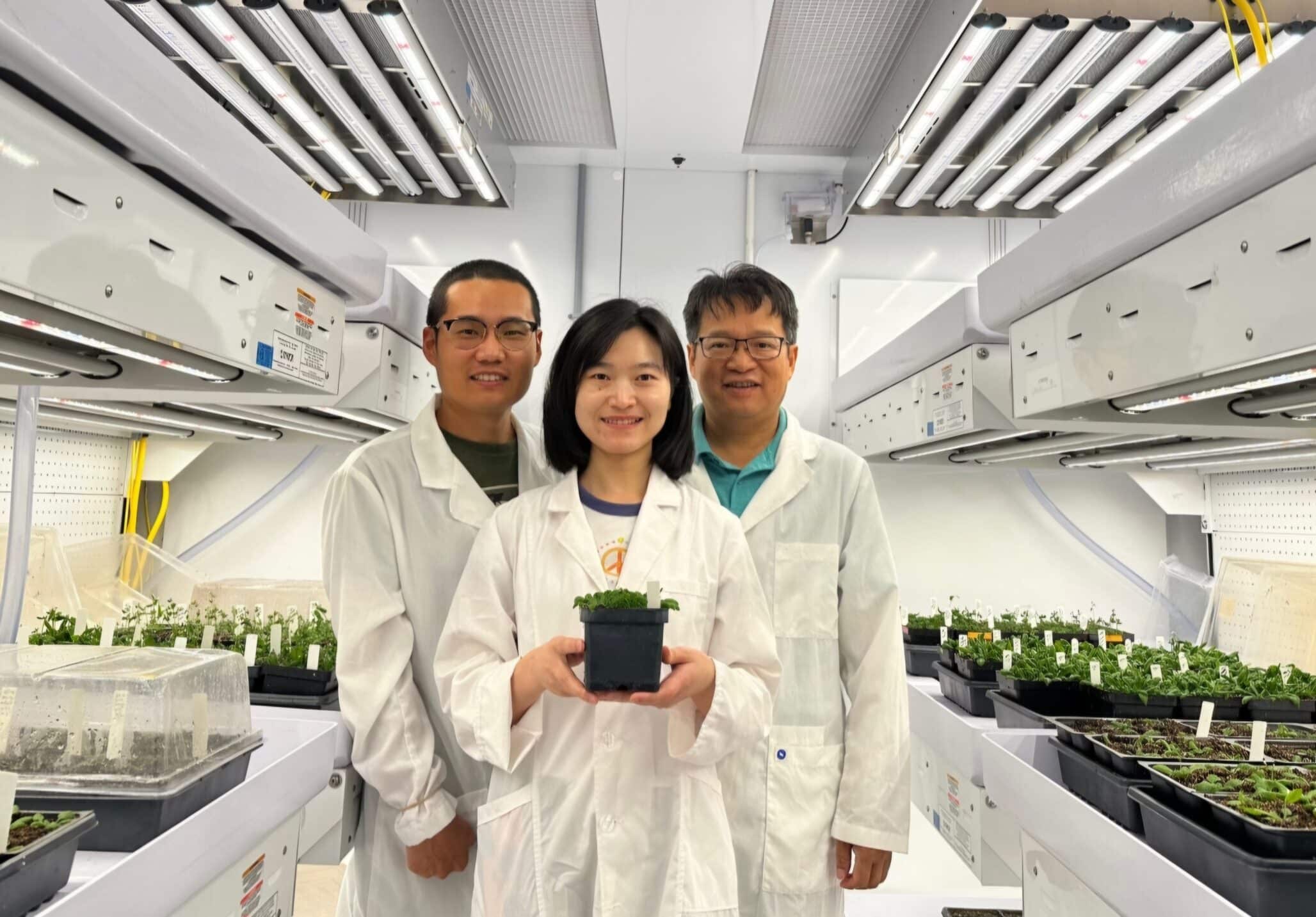The unimposing, but extremely adaptable plant Arabidopsis thaliana has proportionally more genetic variants than humans. This is one of the results revealed by the international “1001 Genome Project” that started in 2008. The study also revealed the continued presence of a small group of individuals that have survived in relative isolation since the last ice age, making the plant equivalent of Neanderthals. _x000D_
_x000D_
The study not only serves as a foundation for linking genes and adaptation to the environment, but also provides a roadmap for similar efforts in crops. _x000D_
_x000D_
The plant Arabidopsis thaliana (thale cress) is one of the favorite research subjects for plant science. Much of today’s knowledge about the inner workings of plants comes from studies in this unimposing, but globally distributed weed. The international “1001 Genome Project”, led by Detlef Weigel from the Max Planck Institute for Developmental Biology in Tübingen, Germany and Magnus Nordborg from the Gregor Mendel Institute of Molecular Plant Biology in Vienna, Austria, has recently concluded a major milestone: complete genome sequences from 1,135 individuals collected all over the world. The study was published on June 9 in the science journal Cell. _x000D_
_x000D_
Like humans or animals, plants from different places differ genetically. Different from humans or animals, plants cannot pack up and migrate to other regions if their environment changes. Thus, plants are expected to have much stronger environmental footprints in their genomes than humans and animals. _x000D_
_x000D_
By sequencing the genomes of a large number of specimens from diverse places, the scientists could document a much denser set of genetic differences than one finds in a similar size sets of human genomes._x000D_
_x000D_
The new results have already revealed previously unappreciated aspects of the evolutionary history of this important model plant. Based on the genetic differences, the 1001 Genomes research team identified six different groups of modern Arabidopsis plants. The vast majority belongs to a single group that has evolved after the last ice age and then spread fast around the world – just as the modern human. Indeed, the dissemination of this group is highly associated with the dispersion of agriculture. _x000D_
_x000D_
“The other five groups are like Neanderthals amongst the plants”, says Weigel, “they evolved before the last ice age and have survived as isolated, genetically differentiated populations on the Canary and Cape Verde islands, on Sicily, in North Africa and throughout the Iberian Peninsula.” _x000D_
_x000D_
Different from the large modern group, which is often found near agricultural fields or in urban settings, these relicts are restricted to more natural, undisturbed habitats, explaining their much more limited modern distribution. _x000D_
_x000D_
By comparing genomes of relicts and non-relicts, and matching them with climate data, scientists can now discover genes that could help breeders to better equip crops for the environmental stresses that will come with future climate change.













